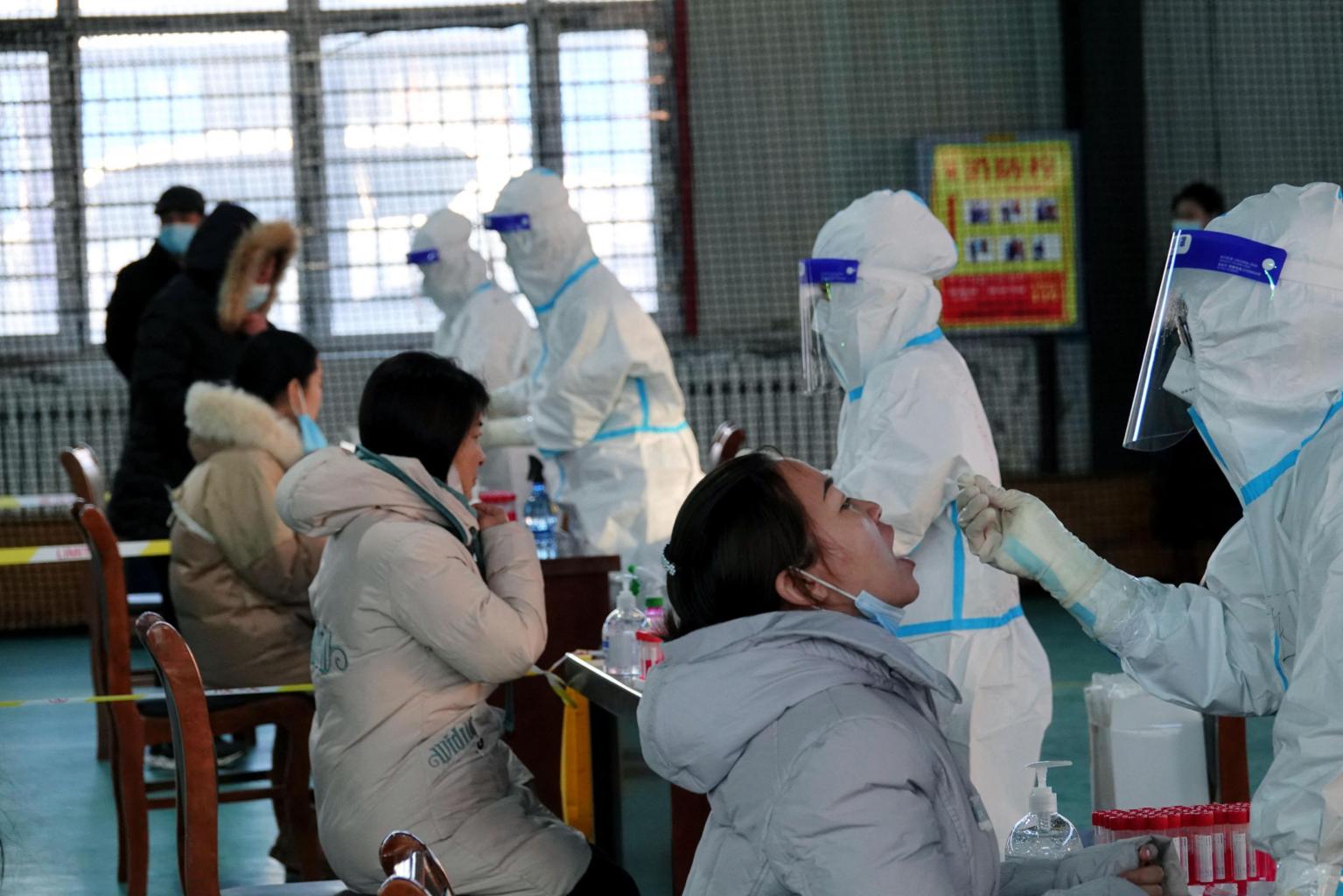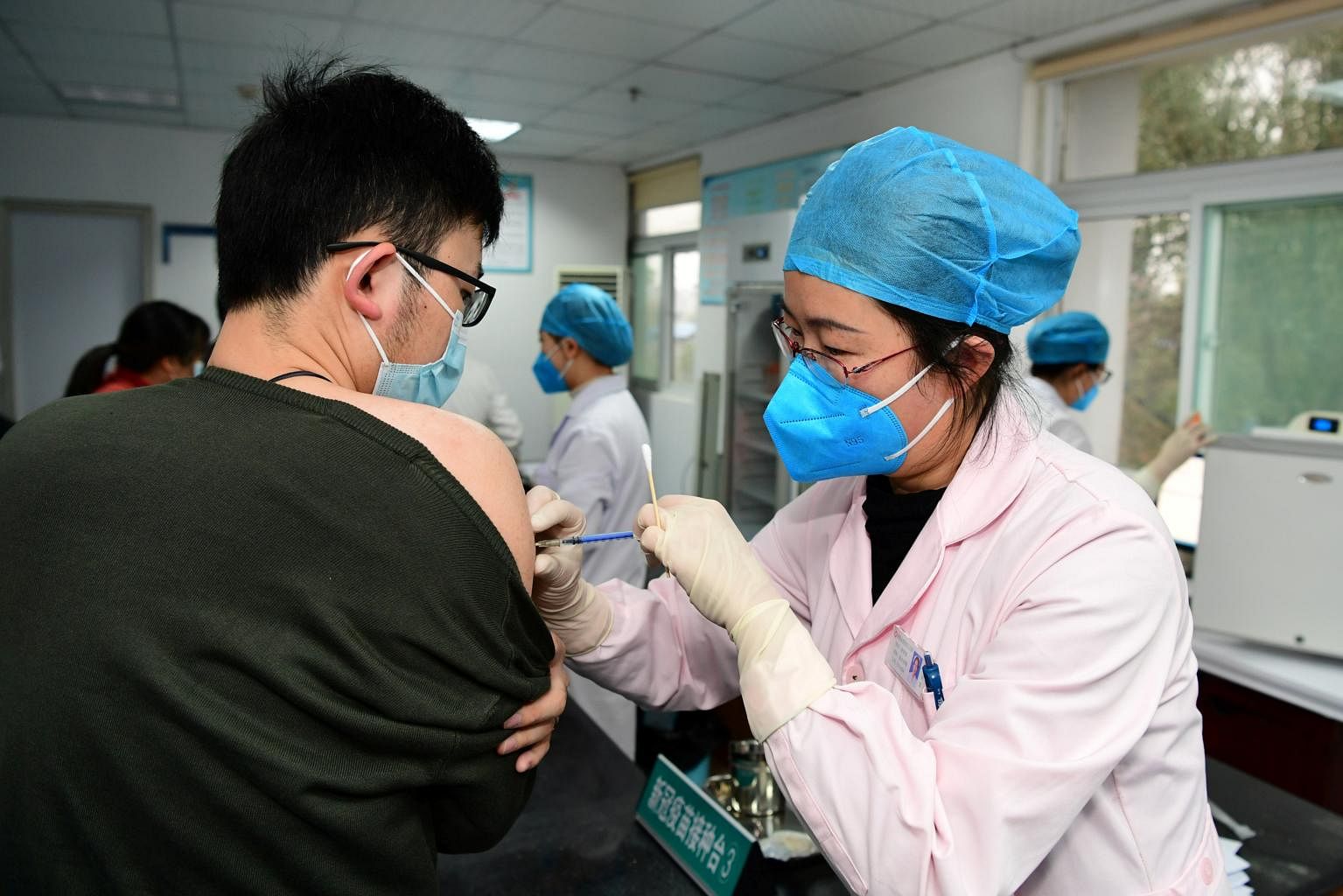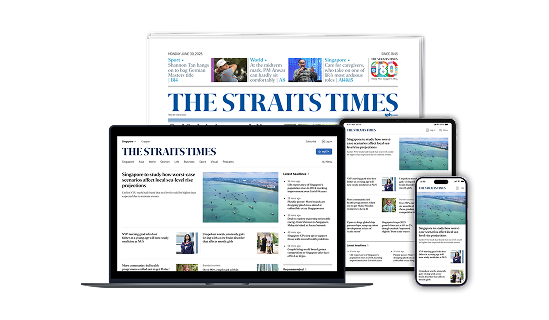Timeline: Covid-19 in China
Sign up now: Get insights on Asia's fast-moving developments

Residents take nucleic acid tests for the Covid-19 in Hulun Buir, in China's Inner Mongolia Region on Dec 1, 2021.
PHOTO: AFP
Follow topic:
December 2019
The earliest known cases of Covid-19 start exhibiting symptoms on Dec 8.
But whether the first known patient was a man surnamed Chen or an accountant, who was presented to be interviewed by World Health Organisation (WHO) investigators when they visited Wuhan in January 2021, has been the subject of dispute.
Both men had no links to a seafood market in the city where many of the early cases were detected.
Dec 31, 2019
Wuhan health authorities confirm they are battling an unknown virus and disclose that dozens working at a seafood wholesale market in the city are ill.
The Huanan Seafood Wholesale Market is ordered to close as scientists conduct investigations.
Jan 11, 2020
China reports its first Covid-19 death, just ahead of the Chinese New Year travel season in the country which is often seen as the world's largest annual human migration.
Across the country, people start stockpiling surgical masks, sanitiser and cold medicine, emptying shop shelves.
Chinese overseas, including in Singapore, follow suit, and send the products home.
Jan 23, 2020
The authorities order an overnight lockdown in Wuhan, effective some 10 hours after the announcement.
This gives time for some 10,000 people to leave the city and Hubei province, which has already reported a spike in cases.
Jan 30, 2020
As the number of cases in China mounts, reaching the thousands, the WHO declares a "public health emergency of international concern".
Feb 11, 2020
To avoid stigmatising people, places or animals linked to the pandemic, the novel coronavirus is named Covid-19, an abbreviation for coronavirus disease 2019.
March 29, 2020
As cases continue to mount globally, China announces the closure of its borders in a bid to contain the virus.
Three weeks earlier, the authorities had ordered 14 days of mandatory quarantine for anyone entering the country.

April 8, 2020
After 72 days, the lockdown in Wuhan is lifted.
The response to the virus will be repeated multiple times - albeit with slight modification - as the authorities refine the scale of the lockdowns to ensure minimal economic disruption, often confining restrictions to just districts or even housing compounds.
June 2020
After nearly two months of no new local infections, a new cluster shows up in a wholesale market in the capital, Beijing. It spreads to several districts across the city, putting the capital on edge for several weeks.
September 2020
President Xi Jinping hails China's success in fighting Covid-19 as cases surge worldwide.
In an elaborate ceremony at the cavernous Great Hall of the People, Mr Xi hands out awards to those who played an important role in fighting the pandemic, including respiratory diseases expert Zhong Nanshan and vaccine researcher Chen Wei.

December 2020
After testing Covid-19 vaccines under an emergency use programme, China begins rolling out a mass vaccination programme.
January 2021
Researchers picked by the WHO visit Wuhan for a virus origins investigation.
The issue has become increasingly politicised, with top government officials from China and the United States blaming the other side for being the source of the virus.

March 30, 2021
The WHO origins study, done in collaboration with Chinese scientists, is released.
It is inconclusive on whether the virus originated at the seafood market or had been leaked from a lab.
May 2021
Sinopharm's vaccine is added to the WHO's vaccine emergency use list, paving the way for it to be recognised internationally. The Sinovac vaccine follows shortly thereafter.
August 2021
A resurgence of cases triggers domestic travel restrictions across China.
After a worker at Nanjing airport is infected with the new and more infectious Delta variant, cases spread to at least 14 provinces and regions during the summer holiday season.

September 2021
China says it has vaccinated more than a billion people. To date, 2.6 billion doses of the Covid-19 vaccine have been dispensed.
Dec 13, 2021
China reports its first case of the Omicron variant in the port city of Tianjin, an hour's drive from Beijing.
The authorities say the man who tested positive for the variant exhibited no symptoms and was quarantined upon arrival. They did not say where he came from.

